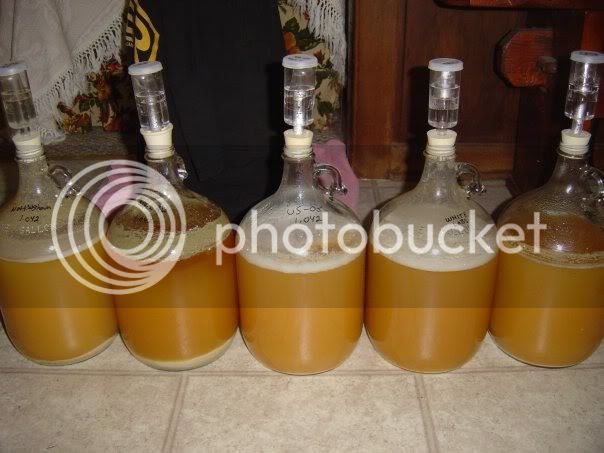smizak
Well-Known Member
midfielder5 said:Cue Revvy in 5, 4, 3, 2...
I dunno what this means.
Revvy is a veteran member who tends to have a calming effect on nervous n00b brewers.
By all means, your beer will be perfectly fine if you leave it alone for another ten days. You'll learn after you do a bunch of batches that you don't always have to leave it for two or three weeks. Sometimes you do. But if your hydrometer reading is stable, the sample tastes good, and the yeast are dropping out, the beer is done.





